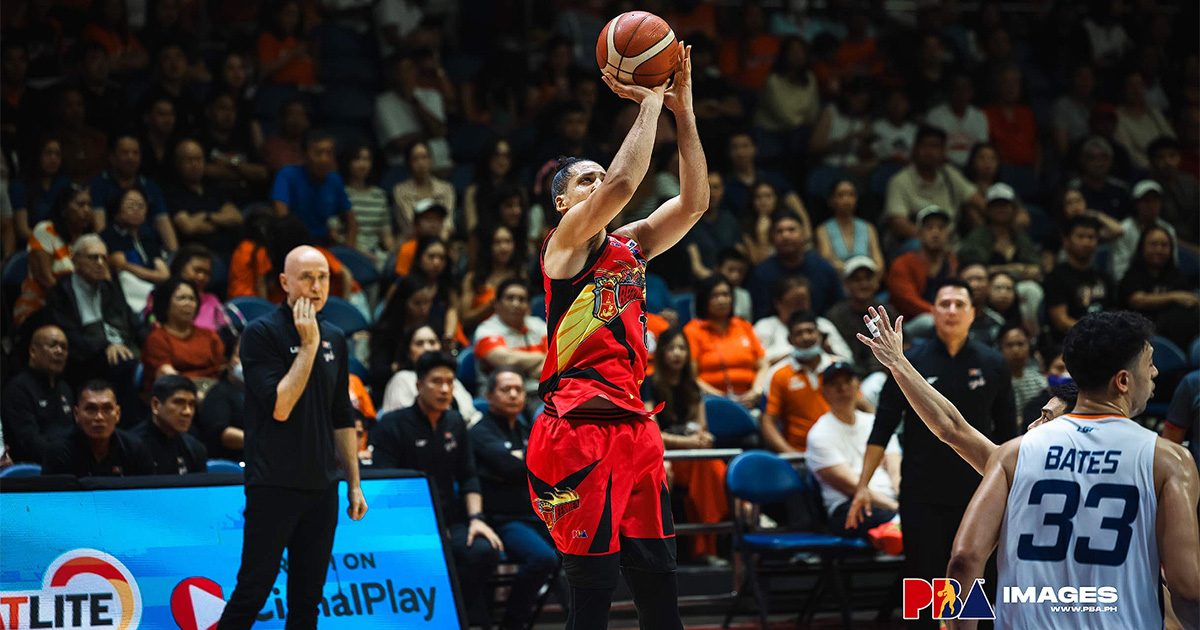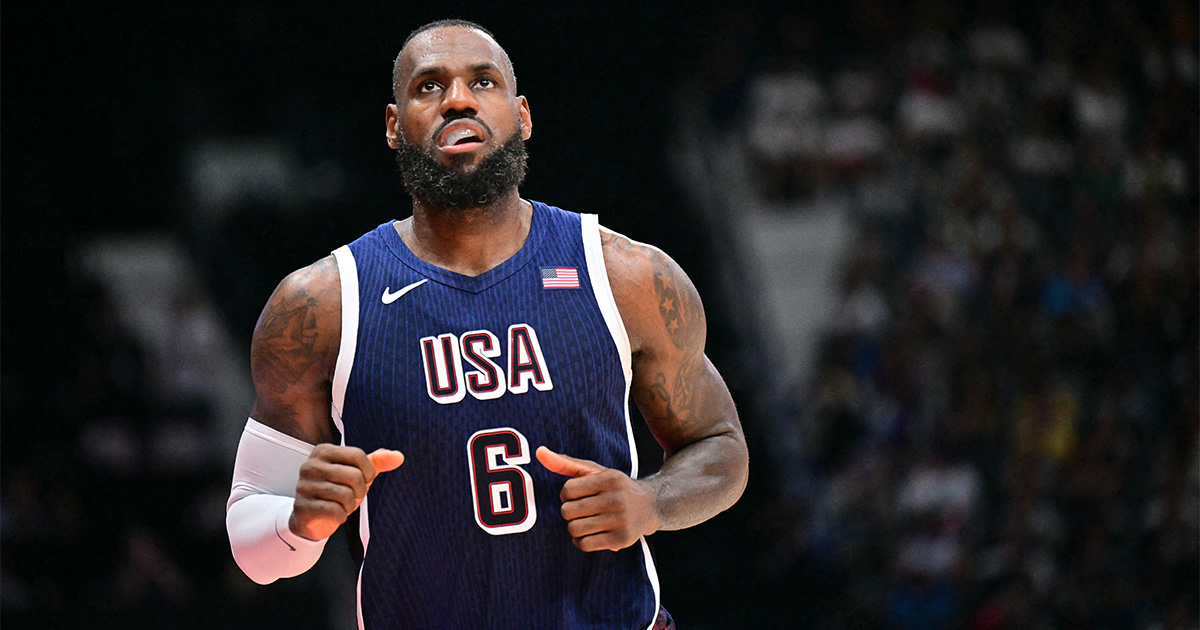The Utah Jazz have had an uneven 2021-22 regular season. They were ‘best of the rest’ behind Phoenix and Golden State for most of the season’s first trimester until injuries and poor play saw them go 4-12 for the month of January. They’ve bounced back and are one of the hottest teams in the league right now, having only lost once since the start of February and are arguably the best team in the West over the past five weeks (with all due respect to the CP3-less Suns and Ja Morant’s Grizzlies).
They’re posting a league-best offensive rating of 121.0 points per 100 possessions since February 1, combined with a fifth-ranked defense that gives up 109.5 points per 100 and a point differential of +12.0 (second to the Celtics) during that stretch. But this isn’t just Utah going on a hot streak. Even with their horrendous January, they still lead the league in offensive rating for the season, with exactly the same defensive rating and the second-best point differential (+6.8)—a reminder that this has been a very good team for the most part, one that is peaking at the right time and shouldn’t be casually overlooked in title contender conversations.
Donovan Mitchell and Rudy Gobert are still amongst the most dominant duos in the league despite their rumored disdain for each other. They are outscoring opponents by 11.1 points per 100—good for fourth among all-star-level pairings behind Steph Curry-Draymond Green (+13.8), Jayson Tatum-Jaylen Brown (+12.3), and Chris Paul-Devin Booker (+11.2).
But it’s not just a two-man show. They are the only team in the NBA that has at least five players averaging 13 or more points per game (Mitchell, Gobert, Bojan Bogdanovic, Jordan Clarkson, and Mike Conley). Expand that a bit and you’ve got Royce O’Neale, Rudy Gay, and Hassan Whiteside all putting up better than 7 points.
O’Neale and Whiteside perfectly complement Gobert on the defensive end. O’Neale is a versatile perimeter defender who makes life difficult for the opponent’s best wing players, while Whiteside’s presence off the bench softens any defensive slippage when Gobert sits.

Their current run has been mostly driven by Mitchell’s brilliance. Spida is averaging 28.9 points on 49.4% field goal and 44.2% three-point shooting over his last nine games (Gobert missed the first five games of February). But they’ve gotten production from unlikely sources, too. Sophomore guard Trent Forrest had 18 points and 8 assists versus Denver on February 2. Eric Paschall stepped up with 16 points the next game against Brooklyn. Third-string center Udoka Azubuike had a three-game stretch in which he averaged 11.6 boards.
Of course, we’ve heard all of these—or some variation—before. Depth has always been the Jazz’s strength and they’ve always been a really good regular season team. They have the second-best cumulative regular season record since 2018-19 behind Milwaukee. But they’ve repeatedly fallen short in the postseason, so how different is this year from the previous seasons?
Like what the Bucks did last year, the Jazz tried to experiment with lineups to address their perceived postseason weakness. The Clippers killed them with small-ball lineups last May and many feel that this is the team’s kryptonite. When the Jazz acquired Gay and Paschall, the expectation was that either would play center in smaller lineups.
Quin Snyder gave it a try but the results haven’t been pretty. Their most deployed small-ball lineup of Gay-Bogdanovic-Clarkson-O’Neale-Mitchell was minus-25.3 points per 100. A Paschall-Bogdanovic-Clarkson-O’Neale-Forrest five fared better with a net-zero rating, which will probably be enough for short bursts in the postseason, but hardly a lineup you’d want to go toe-to-toe against, say, a Warriors lineup featuring Green at the 5.
Since going on their current 9-1 run, Snyder has used small-ball sparingly and understandably so. Some experiments work—as the Bucks showed last year when they fine-tuned their on-ball switching during the regular season—but some do not. The Jazz’s strengths lie with traditional lineups featuring Gobert/Whiteside/Azubuike at center. They are who they are. The failed experiment has only served to reinforce their identity.
Does this mean that they’re toast come playoff time? Not necessarily. For one, their weakness against small-ball may have been overstated. Let’s not forget that Mitchell was playing on one leg while Conley barely saw action against the Clippers. It’s quite possible that the primary reason why they lost the series was not because Ty Lue went small. For another, getting Gobert switched in the perimeter may not be the worst thing for the Jazz. Gobert is a capable one-on-one defender, as Luka Doncic and the Mavs found out last week when they tried to draw Gobert into switches late in the game.
Heading into the final stretch, it looks like Utah’s small-ball experiment is in the rearview mirror. The Jazz coaching staff is sticking to its guns and is betting on good health to take the longer-running Gobert-Mitchell experiment to its definitive conclusion.















